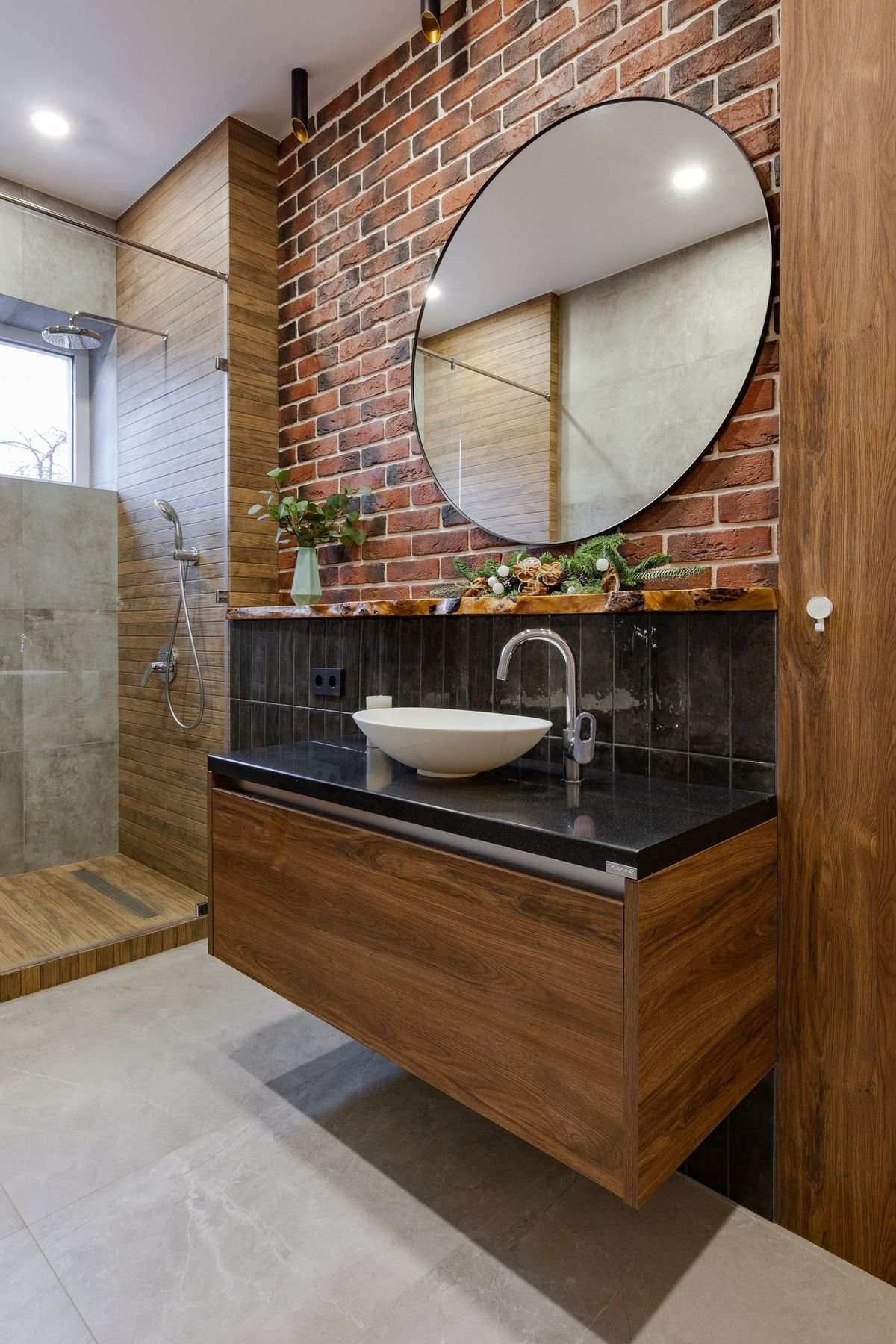
Culinary Spaces Reimagined Beautifully
Introduction to Culinary Makeovers
The kitchen is often referred to as the heart of the home, a place where creativity meets comfort and where the culinary magic unfolds. As our lifestyles evolve, so does the need to reimagine these culinary spaces, transforming them into beautiful, functional, and inspiring areas. This article explores the myriad of ways in which homeowners and designers are reenvisioning culinary spaces to create environments that are not only aesthetically pleasing but also cater to the practicalities of modern-day cooking and living.
Embracing Open Concepts
Open-concept kitchens have become a cornerstone in the modern home design movement. This approach removes barriers between the kitchen and surrounding living spaces, fostering an interactive environment that encourages socializing while cooking and prepping meals. It allows for a seamless flow of light and energy, and when paired with thoughtful design elements, it creates a harmonious space that's both inviting and stylish. Open shelves, centralized islands, and multipurpose furniture are just a few examples of how open concepts are revolutionizing culinary spaces.
Visual Harmony through Material and Color
Materials and color palettes play a pivotal role in reimagining a culinary space. Contemporary designs often incorporate natural stone, quartz, and sustainable materials that not only offer durability but also add a unique aesthetic appeal. Color trends see a blend of neutral tones with bold accents, creating a balanced look that can adapt to changing decor preferences. Textured finishes, geometric patterns, and pops of color can add depth and character to a kitchen, transforming it into a visually captivating space.
Incorporating Smart Technology
The integration of smart technology into culinary spaces is a game-changer for convenience and efficiency. Innovative gadgets and appliances, from smart ovens that can be controlled remotely to refrigerators that monitor food freshness, are becoming a staple in modern kitchens. These technological additions enhance the cooking experience by simplifying tasks, saving time, and providing a level of control and precision that was once unimaginable in the culinary world.
Maximizing Small Spaces
Not everyone has the luxury of a large kitchen, but small culinary spaces can be reimagined just as beautifully. Clever storage solutions, such as pull-out pantries, corner drawers, and multi-layered organizers, can maximize space without sacrificing style. Use of light colors, reflective surfaces, and strategic lighting can make a compact kitchen appear larger and more inviting. With the right design approach, a small kitchen can be transformed into an efficient, attractive space that feels anything but confined.
Eco-Friendly Practices and Sustainable Design
Sustainability is a growing trend in kitchen design, with a focus on eco-friendly practices and materials that minimize environmental impact. Use of reclaimed wood, recycled glass, and low-VOC paints contributes to a healthier and more sustainable culinary environment. Energy-efficient appliances, conservation-oriented faucets, and composting systems are other ways homeowners are making their kitchens greener, proving that beauty and environmental responsibility can go hand in hand.
Conclusion: The Future of Culinary Spaces
As we progress into the future, culinary spaces will only continue to evolve and inspire. By reimagining these spaces, individuals can express their personal style while embracing functionality, sustainability, and technology. Whether through grand open layouts or intimate, efficiently designed corners, these culinary makeovers are reshaping not just the aesthetics but also the very way we experience the art of cooking and the joy of gathering around food. The beautifully reimagined kitchen is more than just a place to prepare meals; it is a canvas for creativity, a hub for family interactions, and a reflection of our evolving lifestyle.